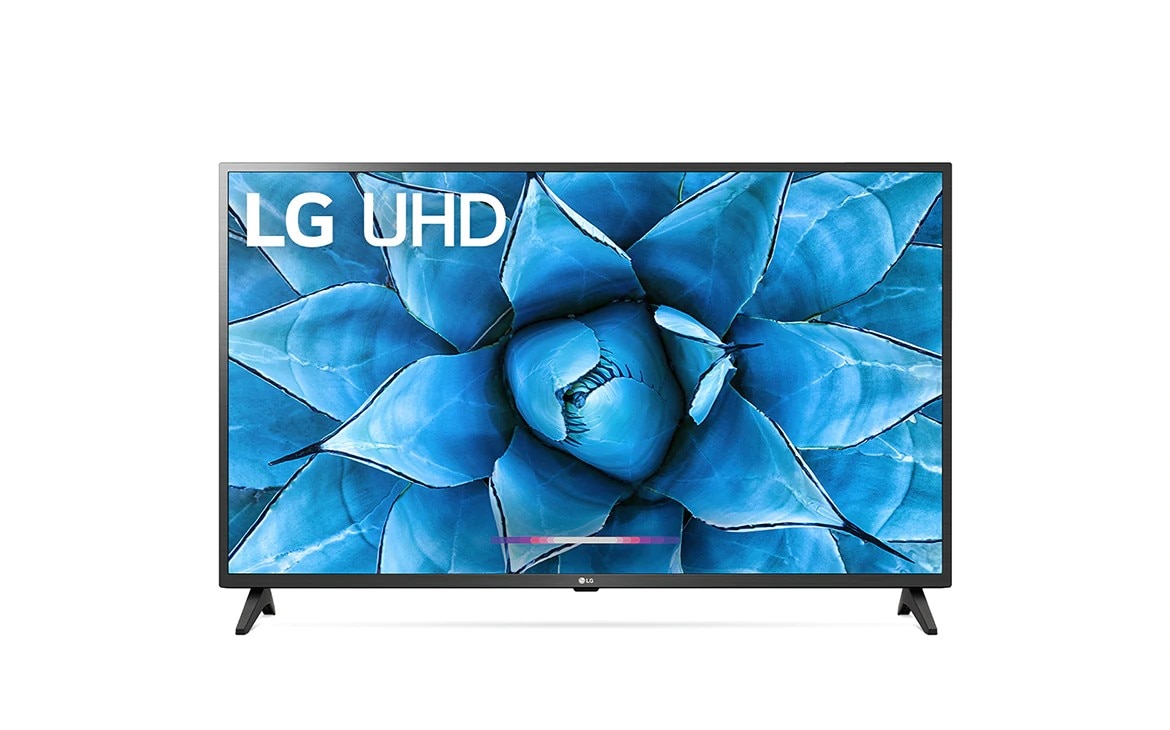See you've explained it in a way that I can parse it, but it seems to constantly undercut itself
Bfi @ 60 good
Bfi @ 120 bad
but also
Bfi = less bright, doesn't work with vrr
It's like there isn't a truly slam dunk answer here
- 60Hz BFI = Retro consoles, and games locked to 60 FPS.
- VRR = Next-gen consoles and PC games > 60 FPS.
The high option refreshes at 60Hz, which means it's the only option worth using for games.
The way they could have implemented BFI, but appear not to have done so, is to have low/med/high have variable persistence at 60Hz, for 12.5ms, 8.33ms, and 4.17ms.
Since high is the only option that runs at 60Hz, we only get 4.17ms as a usable option now.
That's better than the previous OLEDs which were fixed at 8.33ms, but is also going to be dimmer.
For reference, 60 FPS has a persistence of 16.7ms without using BFI. CRTs were ≤2ms, while Plasma TVs were typically around 4–6ms. Shorter persistence = clearer and smoother motion, but also more flicker and loss of brightness.
The loss of brightness does not matter too much if the display can still reach 100 nits with BFI enabled, as that is the brightness specified for SDR content; i.e. all retro consoles.
Some people do prefer their display to be set brighter than the SDR spec though.



